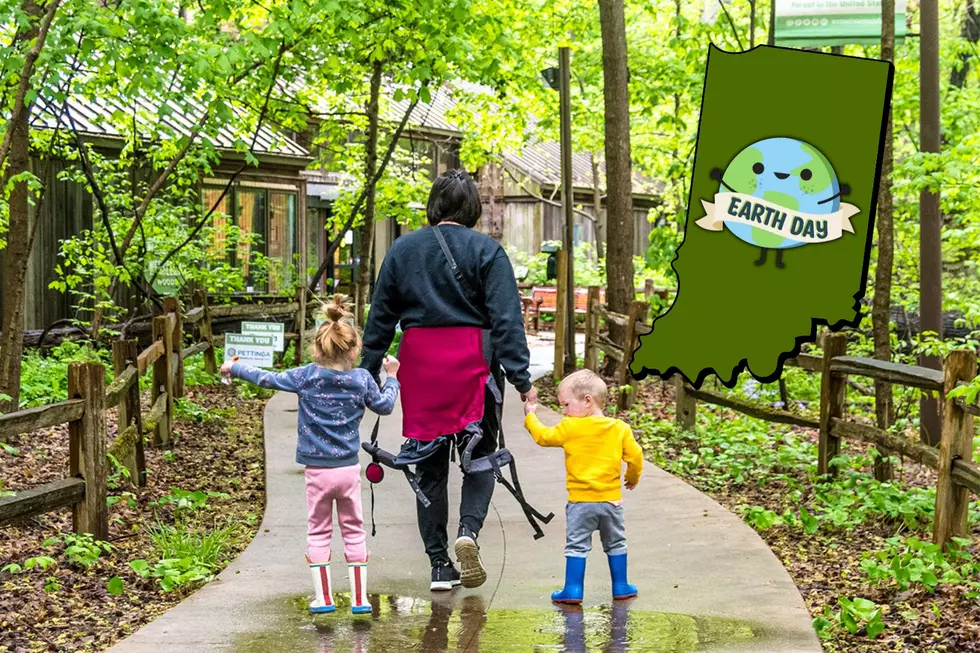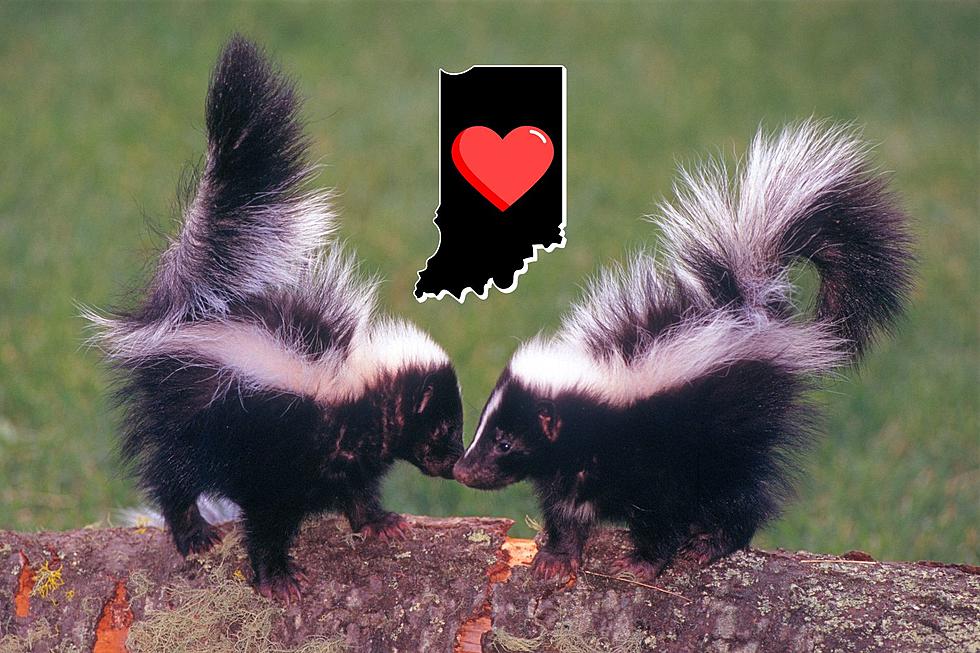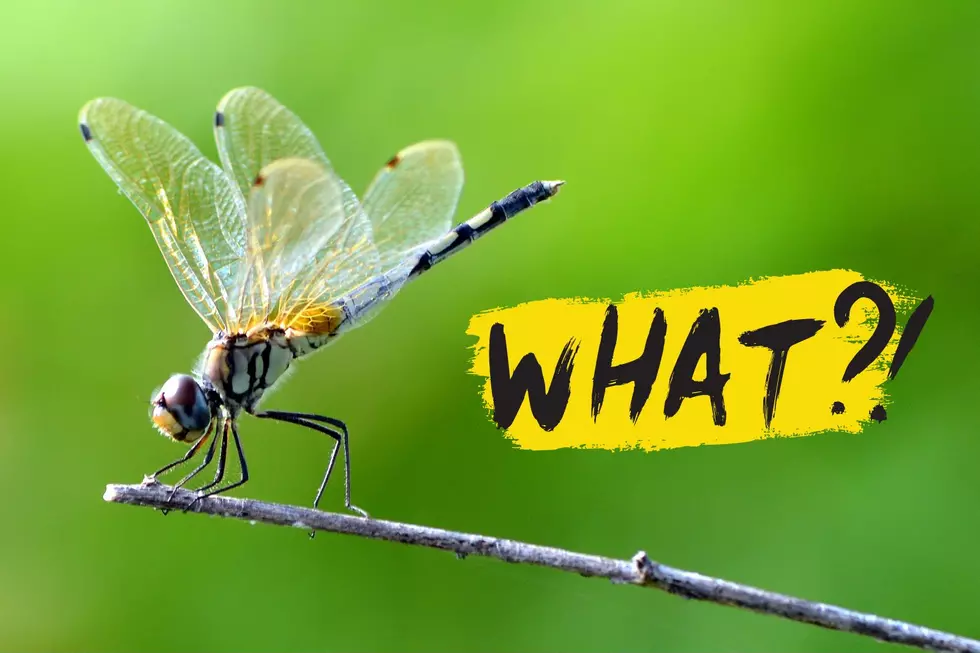
Pain in the Ash – What is the Emerald Ash Borer and Why is It Bad?
The Indiana Department of Natural Resources (DNR) announced on Wednesday evidence of Emerald Ash Borer activity had been found in ash trees along the Ohio River in Pigeon Township, west of Highway 41 in Evansville. To most people in the area this likely means very little. It's just another pesky flying bug, right? Nope. These little buggers can be quite the pain in the "ash", leaving a trail of dead foliage in their wake.
Camping enthusiasts across the state of Indiana are all too familiar with the Borer as the state DNR has attempted to prevent the spread of the insect by implementing a policy preventing campers from bringing wood from outside the campground unless it meets the following guidelines:
- It is kiln-dried scrap lumber.
- It is from your home or other location in Indiana and has the bark removed. (Ideally, ½ inch of sapwood beneath the bark will also be removed.)
- It is purchased from a department store, grocery store, gas station, etc. and bears a USDA compliance stamp.
- It is purchased from a local firewood vendor outside the property and has a state compliance stamp with it.
- It is purchased from the property campstore or on-site firewood vendor and has a state compliance stamp.
Why all the precaution? Because, according to EmeraldAshBorer.com, the half-inch long member of the beetle family has destroyed hundreds of millions of ash trees across the Midwest and Northeastern portion of the United States resulting in hundreds of millions of dollars in damage for "municipalities, property owners, nursery operators and forest products industries." It's considered "the most destructive forest pest ever seen in North America."
Here's how it works:
Adult Ash Borers chew holes the bark of ash trees, and deposit their eggs in between the bark and the first layer of wood. Once the eggs hatch, the larvae use the tree as their personal all-you-can-eat buffet, eating as much of the top layer of wood as their bodies can handle as they grow into mature adults. This cuts off vital supply routes the tree uses to absorb the water and nutrients from the ground it needs to continue to live.
As we all know from basic grade school science class, trees are an integral part of the ecosystem we live in. If the Ash Borer keeps killing them off, that's not good for anybody.
Our neighbor's to the north in Canada have also been dealing with the Ash Borer for years, and have been developing methods in which to deal with them.
For more information on the Emerald Ash Borer including how to identify an infested ash tree, visit the Emerald Ash Borer website.
More From WKDQ-FM









